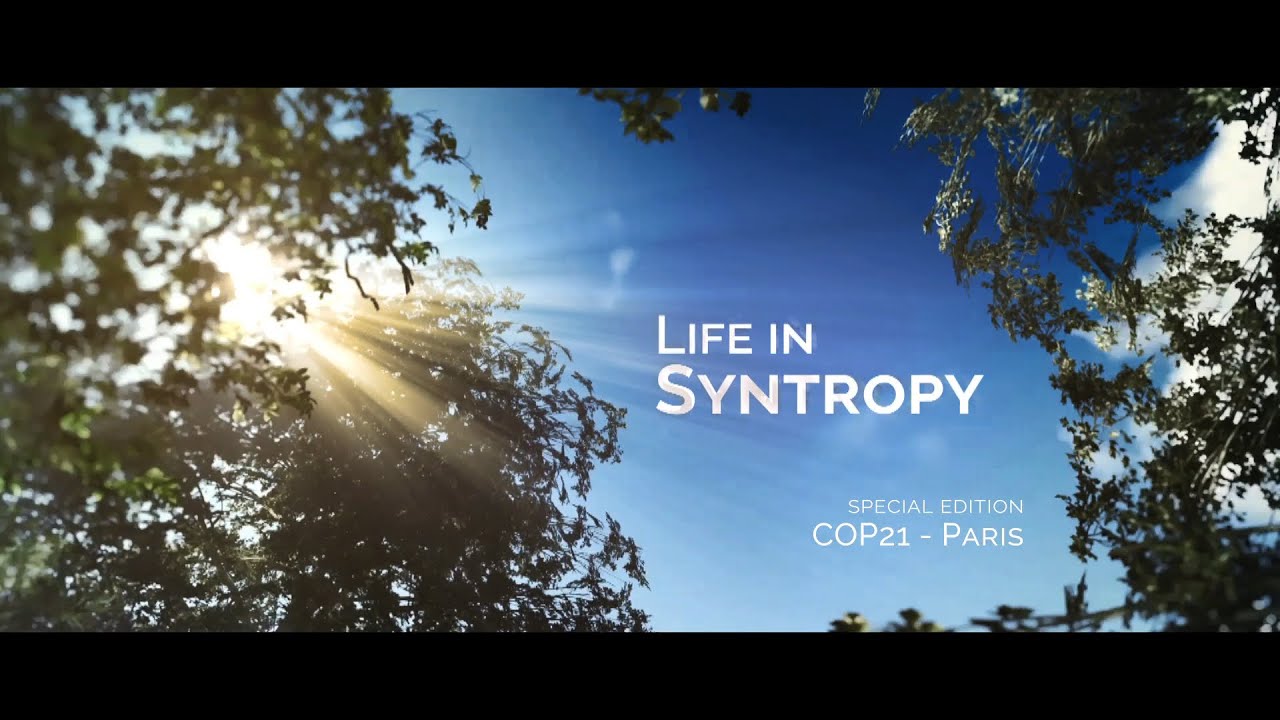Any consideration of limits depends entirely on the application, and what it needs to be viable - why limits? to generate what? guard against what? why is that a concern? what is the actual risk? to whom? are there other (better) remedies?
With clear analysis that examines particularly the presumption / perception of the inevitabilty of free riders and how they will cause falling skies there’s generally not an issue.
But who would believe a bicycle easy to ride if they had never seen one before? - clearly unstable, just look at it.
All of this and more can be explored at LETSplay the game with additional materials and guides.
In our co-vestment model however, designed to introduce a $:cc convertibility (for entry, not exit) there is a restricted set of issuers, so a zero credit limit on all other user accounts.
Other than that special case I’ve not yet seen reason for limits in any system I’ve used, nor indeed in many that do have them and I think suffer accordingly. However, looking forward to networks like, say, player trades in professional sports or large scale land deals, the currencies of record will likely require more substantial and effective governance than simple limits, perhaps that every transaction in that net requires sign-off by all.
On “logical validators” our openmoney specifications/ (search “journal entry” and thank John Waters) seem to match yours and be likewise holo compatible.

 Incredible invention. I see it as one of the most important inventions of this century. It is a bit strange that there isn’t any true implementation of it yet though. Since it can operate with just simple peer-to-peer messaging.
Incredible invention. I see it as one of the most important inventions of this century. It is a bit strange that there isn’t any true implementation of it yet though. Since it can operate with just simple peer-to-peer messaging.